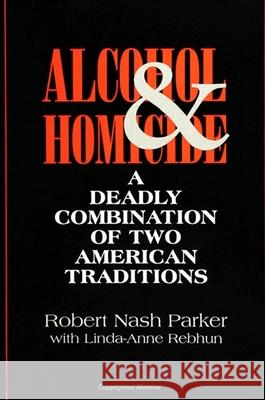Alcohol and Homicide: A Deadly Combination of Two American Traditions » książka
topmenu
Alcohol and Homicide: A Deadly Combination of Two American Traditions
ISBN-13: 9780791424643 / Angielski / Miękka / 1995 / 185 str.
The relationship between alcohol and homicide in America is explored both historically and theoretically, providing the groundwork for two empirical analyses. The first, a theoretical approach, leads to the development of a selective disinhibition hypothesis, the implications of which are tested in a longitudinal analysis of alcohol availability and homicide in 256 U.S. cities between 1960 and 1980. Alcohol availability was found to significantly increase homicide rates. Availability also interacted with city poverty rates, lack of social bonds, and the age structure to further increase the incidence of murder.
The second analysis, policy based, focuses on the impact on youth homicide rates of increases in the minimum age of purchase for alcohol, enacted by most states during the 1980s. This analysis shows that increases in the minimum drinking age had a significant impact on certain types of youth homicide. The book concludes with a discussion of the causes of the alcohol and homicide relationship, public policy and crime control alternatives for reducing alcohol related homicide, and other ongoing research that addresses these and other issues.










